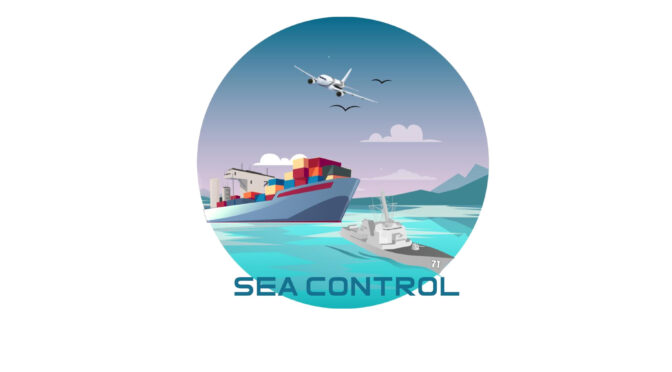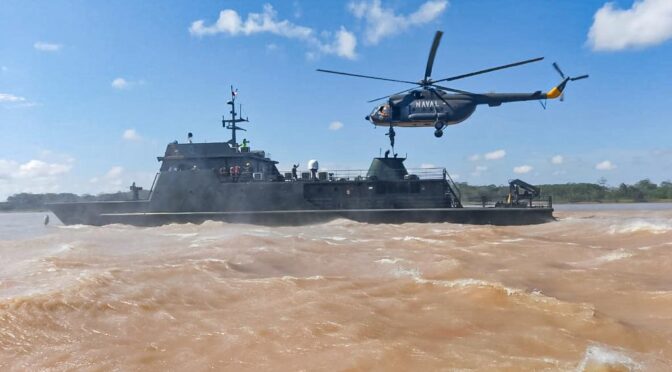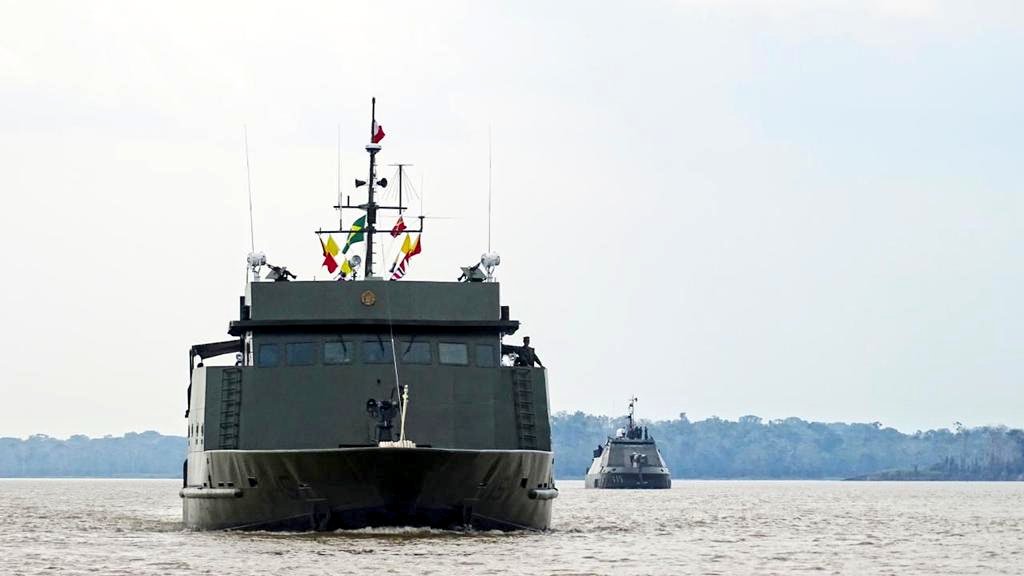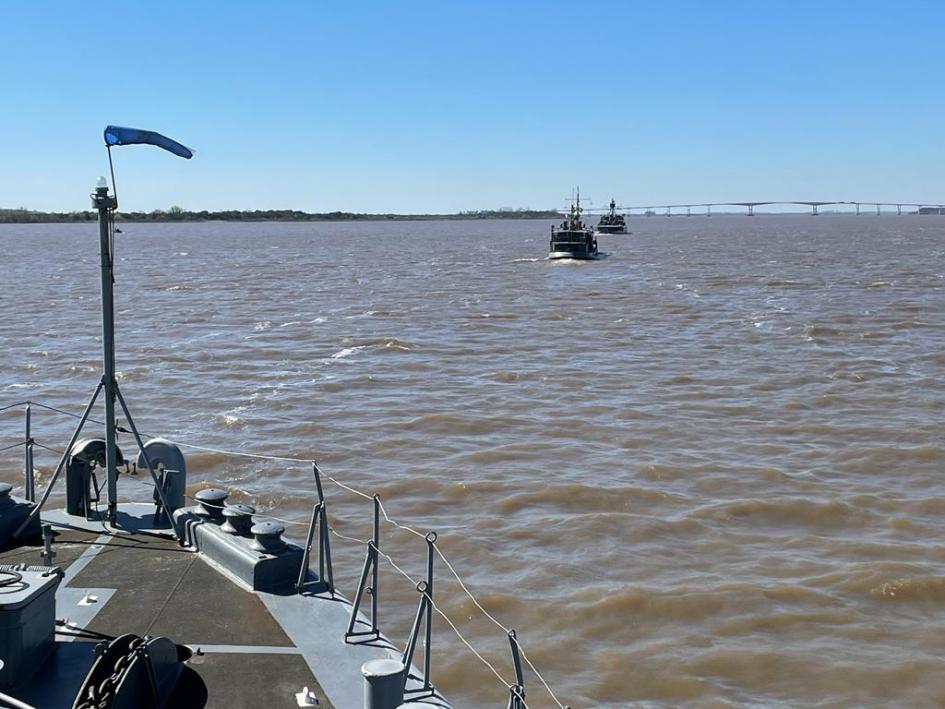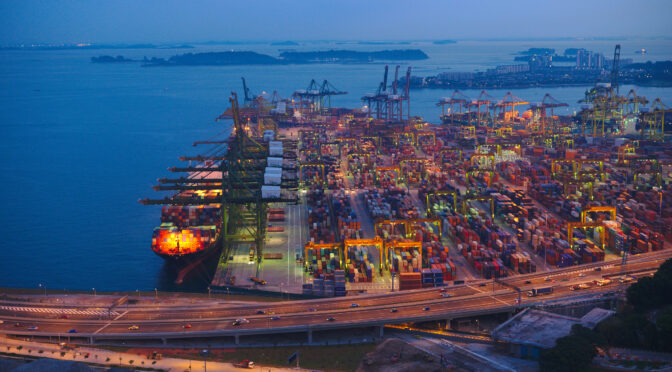By Colin Grabow
Earlier this year, Michael D. Purzycki argued—as others have before him—that the writings of Adam Smith bolster the case for maintaining the Jones Act to address U.S. national security needs. But notions that a law roundly rejected by economists across the ideological spectrum would be embraced by one of history’s great economic thinkers should be met with considerable skepticism. To the extent the Jones Act provides any benefits to the country’s defense, it does so in grossly inefficient fashion that could be better accomplished through alternative means. It is more likely that Smith would view the law as a protectionist relic that imposes a heavy economic burden while undermining the country’s maritime industry and national security.
Passed in 1920, the Jones Act restricts the domestic waterborne transport of goods to vessels that are U.S.-flagged, U.S.-owned, U.S.-crewed, and U.S.-built. These restrictions were ostensibly put in place to help provide the United States with shipyards, U.S.-controlled ships, and a pool of mariners that can be relied upon for auxiliary sealift support in time of war.
The problem is that this approach does not work. U.S. commercial shipbuilding is small and uncompetitive, the Jones Act oceangoing fleet is in a state of perpetual decline, and there is a documented shortage of mariners to meet national security needs. The Jones Act is a clear failure and should be replaced with a more effective and efficient policy.
The Sad State of Domestic Shipbuilding
The Jones Act’s most unusual and self-defeating component is its U.S.-built requirement. When the United States first adopted shipping protectionism in 1789—including restricting the U.S. flag registry to vessels constructed in the United States—U.S. shipbuilders were some of the world’s best. Sadly, this is no longer the case—and has not been since vessels of wood and sail gave way to iron and steam.
By the late 1800s, U.S.-built ships were estimated to be 25-35 percent more expensive than those constructed in British shipyards, with a similar estimate made in 1922. By the 1960s, U.S. shipbuilding costs were double those of leading international yards, while by the 1990s they were three times higher. Ensconced behind its protective Jones Act wall, U.S. commercial shipbuilding’s competitiveness has now deteriorated to the point that a U.S.-built ship is estimated to cost four to five times as much as one constructed abroad.
Unsurprisingly, demand for U.S.-built merchant ships has been relegated to the increasingly diminutive and captive domestic Jones Act market. Since 2000, deliveries of oceangoing cargo ships from U.S. shipyards have averaged just three per year. Last year American shipyards produced zero. The few ships that are delivered, meanwhile, are highly dependent on foreign ship designs and components, shattering any notions that the Jones Act frees the United States of foreign reliance for its commercial shipbuilding needs.
Jones Act protectionism is complicit in the industry’s diminished state. A complete shielding from the competitive pressures of global shipyards as well as the limited scale and reduced specialization from building for a small domestic market makes its lack of competitiveness a foregone conclusion. Put differently, U.S. shipbuilding inferiority is baked into the Jones Act cake.
That a small handful of larger shipyards still exist is owed far more to taxpayer expenditures than commercial Jones Act shipbuilding. As a 2021 U.S. Maritime Administration report notes, 14 of 15 large deep-draft vessels delivered the previous year were for the U.S. Navy and Coast Guard. Nearly 80 percent of U.S. private shipbuilding and repair industry revenue in 2019 came from the U.S. military.
It is unclear how much benefit, however, even this limited commercial shipbuilding offers U.S. warfighting capabilities given the lengthy, often delayed construction timelines of Jones Act ships. The last ten Jones Act-compliant tankers delivered required an average of approximately 17 months to build while the last ten containerships took 30. The small remaining Jones Act shipyard base is wholly inadequate to support Defense Department requirements during any large-scale, enduring conflicts, and any new-build cargo ships built could well arrive after the fighting has already ceased.
Ships and Mariners in Decline
Though the U.S.-built requirement’s benefits are unclear, its costs to the U.S. fleet are obvious. Simply put, forcing Americans to pay dramatically higher prices for new ships means fewer of them. As a 1965 interagency maritime task force report noted, requiring the purchase of new vessels from U.S. shipyards at double the cost of those purchased by foreign ship operators “seriously impedes the economic growth of the U.S. fleet.” That was written nearly 60 years ago. Today one must replace “double” with “quadruple” or “quintuple”.
In large part due to the burden of such high capital costs, the Jones Act ships are principally employed where no other transportation option exists. The nation’s 23 Jones Act containerships almost exclusively ply the non-contiguous trades, while tankers are generally employed serving those parts of the countries that are either pipeline constrained or lack them entirely.
But even serving the non-contiguous trades is no guarantee that actual ships will be used. Of the 13 vessels engaged in liner service to Puerto Rico, only five are self-propelled ships (one of which was built in Poland) with the remainder consisting of cheaper oceangoing barges. That the major Jones Act shipping firm Crowley uses two ships and four barges for its Jones Act service to Puerto Rico, whereas in its unconstrained Caribbean international routes solely employs self-propelled vessels, seems a clear indication of high capital costs discouraging the use of proper ships. Oceangoing tugboats and barges require fewer American mariners, reducing operational expenses, but also having the perverse effect of obviating the qualifications necessary for auxiliary sealift employment.
From 257 ships as recently as 1980, the fleet of Jones Act-compliant oceangoing merchant ships has declined to just 93 today. For the world’s largest economy, this shrunken fleet stands in stark contrast to the nearly 54,000 ships in operation globally.
Jones Act ships are not just few in number but also kept in service far longer than global shipping fleet standards due to sky-high replacement costs: the last 15 Jones Act ships scrapped or removed from the fleet had an average age of nearly 43 years, far beyond that commonly found in commercial shipping. Notably, commercial ships participating in the Maritime Security Program to provide military sealift cannot be accepted beyond 15 years of age. In a perverse twist of national security, meanwhile, aging Jones Act ships are not only of debatable military utility, but generate significant repair and maintenance work for China’s state-owned shipyards.
Unsurprisingly, a declining fleet of ships (with unnaturally long lives of increasing decrepitude) has had a detrimental impact on mariner numbers. In fact, a 2017 government report concluded that the United States faced a deficit of 1,839 mariners with the needed credentials to conduct concurrent operations of the U.S. commercial fleet and a sustained sealift operation. In 2019, the former U.S. Maritime Administrator Mark Buzby noted that making up this shortfall would require an additional 45 ships in the U.S. fleet. Thanks to the damaging effects of the Jones Act, however, the fleet has since declined by 6 hulls.
Given the Jones Act fleet’s depleted and deteriorated state, it is unsurprising that its ships play only a de minimis role in sealift planning assumptions. A 2020 U.S. Maritime Administration report, for example, referenced privately-owned U.S.-flag ships engaged in international trade—i.e. the 85 non-Jones Act U.S.-flag ships—and the mariners they employ as “primary resources” to serve as an auxiliary force in time of war or national emergency, while no mention of the domestic Jones Act fleet was made in this context. This stance appeared to be confirmed by the head of the U.S. Transportation Command, who testified last year that wargaming has revealed Jones Act ships to be unlikely candidates for meeting national defense needs.
As two RAND Corporation analysts wrote last year, beyond 60 foreign-built ships in the U.S.-flag non-Jones Act fleet that receive Maritime Security Program stipends, there are “very few, if any, additional U.S.-flagged vessels, certainly not a sufficient number of the type required to move large amounts of military cargo.”
Whether measured in terms of shipbuilding, ships, or mariners, the Jones Act has failed to meet U.S. national security needs. Meant to promote the fortunes of both the domestic shipping and shipbuilding industries, it has succeeded only in making both vastly uncompetitive. Given this bleak record, it is unclear why a man of Smith’s caliber would support such a law.
Failure of the Navigation Acts
That Smith is viewed by some as a likely Jones Act supporter owes to the economist’s endorsement of Great Britain’s own protectionist Navigation Acts. His support, however, is perhaps due to Smith simply not living long enough to fully appreciate their shortcomings. In 1847 a pronounced drop in trade led to the laws being suspended, and that same year the House of Commons conducted an inquiry into the Navigations Acts. After a select committee issued several reports documenting the damage inflicted by these protectionist laws, they were repealed in 1849.
Far from visiting harm on the British maritime industry, the Navigation Acts’ repeal coincided with a great flourishing. As a Library of Congress report points out:
In just over a decade, there was a 52.2 percent increase in tonnage owned, and the yearly average of British tonnage which entered and cleared from British ports increased by 102.7 percent…An overwhelming, demand for shipping caused the price of vessels to rise and British shipyards were kept busy.
The United States, meanwhile, saw its own shipping and shipbuilding industries decline as the country clung to shipping protectionism. In his 1876 book History of Merchant Shipping and Ancient Commerce, British author William Schaw Lindsay pointed out these contrasting fortunes:
…I cannot refrain from directing the attention of my readers to the fact that the nations which have adopted a liberal policy have made much the greatest advance; while the United States of America, to which I have so frequently referred, have, with all their natural advantages, materially retrograded as a maritime people.
This retrogression, aided and abetted by the Jones Act, continues today. U.S maritime policy, both for the country’s economic prosperity and national security, is crying out for a dramatic overhaul.
Overhaul of Maritime Policy Sorely Needed
One obvious corrective would be to dispense with the Jones Act’s U.S.-built requirement—at the very least for oceangoing ships. Accepting a smaller and less modern fleet (and the resulting stultifying impact on domestic trade) in exchange for the construction of a tiny number of commercial ships highly reliant on foreign inputs is a terrible bargain. Instead, policy should be dramatically revised by scrapping Jones Act restrictions in favor of a more purposeful measure such as targeted, direct subsidies. This is an approach straight out of Adam Smith’s playbook. As he wrote in The Wealth of Nations:
If any particular manufacture was necessary, indeed, for the defense of the society, it might not always be prudent to depend upon our neighbors for the supply; and if such manufacture could not otherwise be supported at home, it might not be unreasonable that all the other branches of industry should be taxed in order to support it.
Using taxpayer-funded subsidies to assure the specific types of ships, mariners, and maritime infrastructure required in times of war would offer at least two key advantages over Jones Act protectionism.
Transparency: The Jones Act is an implicit subsidy whose vast cost of provision is challenging to derive with any great precision. Indeed, the federal government has not even attempted to calculate its economic damage since 2002. Also unknown are the law’s benefits, with the number of ships, mariners, and shipbuilding that would exist in the law’s absence rendered a mere guessing game. Such opacity may serve the small orbit of maritime special interests that profit from Jones Act protectionism but renders a cost-benefit analysis a highly fraught if not impossible task.
Fairness: To the marginal extent the Jones Act provides ships, mariners, and shipbuilding, the burden of doing so is borne in vastly disproportionate fashion by the residents of Alaska, Guam, Hawaii, and Puerto Rico. While comprising less than 2 percent of the U.S. population, these non-contiguous states and territories account for more than half of ships employed in Jones Act trades. This inequity is further compounded by the fact that residents of Guam and Puerto Rico have no voting representation in Congress and must bear the burden of high shipping costs while suffering from some of the country’s highest poverty rates. If the Jones Act is truly rooted in national security, then it should be paid for by a broad swath of Americans rather than a small percentage based on geographical happenstance.
Perhaps most importantly, subsidies would be far more effective than current policy given the Jones Act’s demonstrable failures. Handcuffing domestic vessel operators to a wildly uncompetitive shipbuilding industry has proven a formula for maritime mediocrity.
A system of direct subsidies could eliminate such dynamics and link expenditures to discrete goals. If more ships are needed, fund ships. If more mariners are needed, subsidize their hiring or fund an expansion of the fleet for increased billets (which could perhaps be done in conjunction with the establishment of a robust Merchant Marine Reserve to assure their availability and proper training).
National security should be paid for with transparent spending linked to clear goals, not K Street-funded protectionism with opaque costs.
None of this is pie in the sky thinking. The Maritime Security Program provides a $5.3 million stipend to 60 vessels in exchange for their availability for Department of Defense use in time of war or national emergency. That means not just ships but billets for mariners. If more ships and mariners are needed, why not simply expand the program (ideally paired with reforms such as a bid system to promote cost containment)?
Aiding shipyards, meanwhile, is a trickier proposition. While the use of subsidies to cover the difference between U.S. and foreign shipbuilding costs would be preferable to the Jones Act’s U.S.-built requirement, such an approach should be regarded warily given past experience. One alternative might be a long-term shipbuilding program to replace aging vessels in the Ready Reserve Force and Military Sealift Command fleets. Such a recapitalization effort could be opened to shipyards from NATO and Major Non-NATO Allies to promote competition but with a reasonable price preference to U.S. yards to level the playing field. Subsidies linked to the realization of certain performance metrics might be another alternative. While the exact approach can and should be debated, the shortcomings of current policy demand new and innovative thinking.
There is much that Jones Act supporters and critics disagree on, including how Adam Smith may have thought about the law in the 21st century. But there should be a clear consensus that the military must be provided with the tools it requires to accomplish its mission—including sealift. These needs should be met in the most effective and efficient manner possible. As ample evidence shows, the Jones Act is not it. After more than a hundred years of maritime failure it is time for a new approach, one that Adam Smith himself would have been willing to lend his support to.
Colin Grabow is a research fellow at the Cato Institute’s Herbert A. Stiefel Center for Trade Policy Studies.
Featured Image: Tanjong Pagar Container Terminal seen from Asia Square, Singapore. (Photo by Nicolas Lannuzel via Wikimedia Commons)

